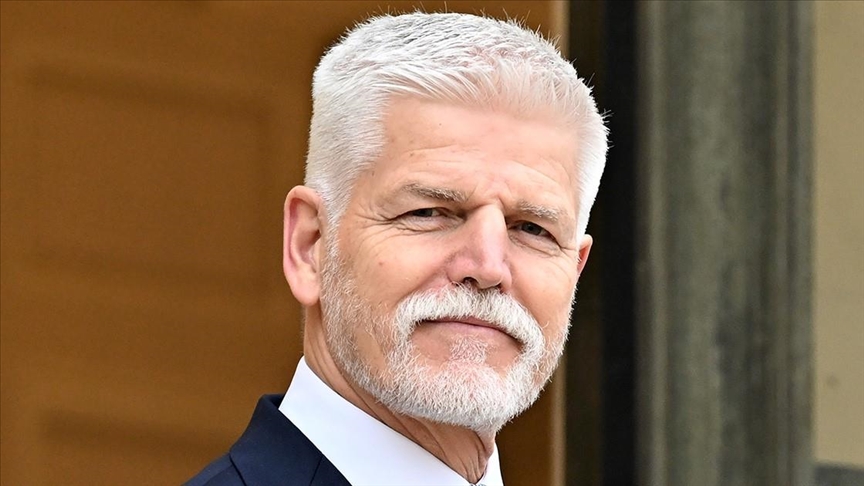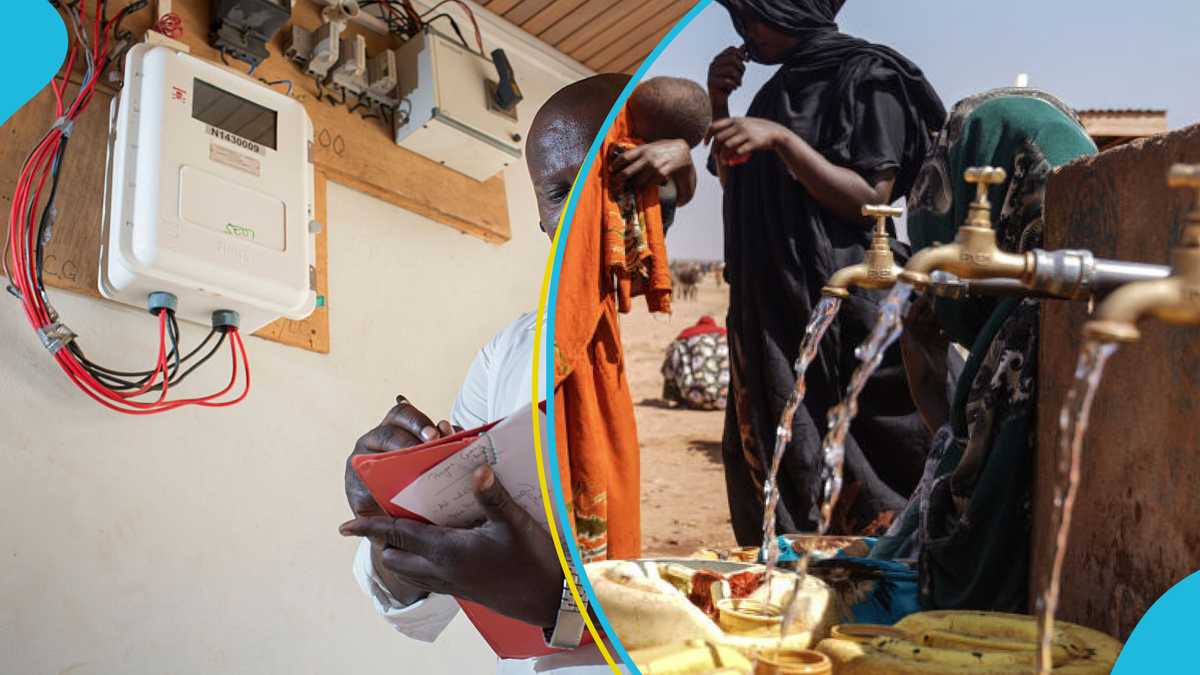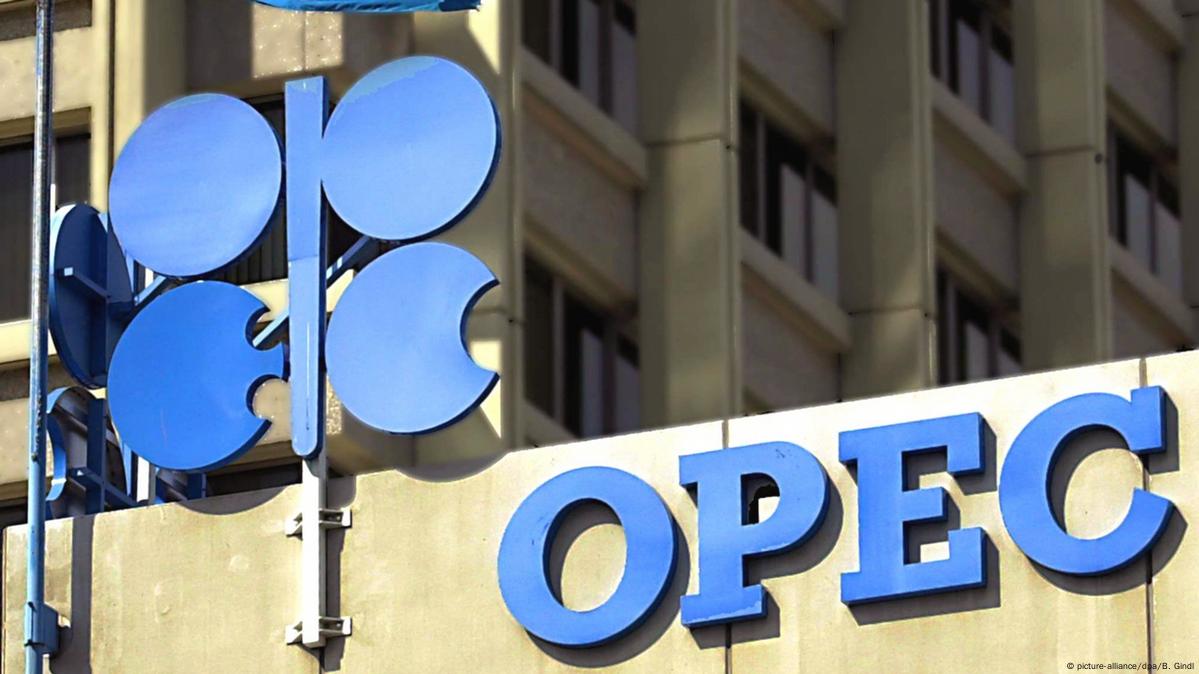IES Discounts Effects Of Gold-For-Oil On Recent Fuel Price Reduction

The Institute for Energy Security (IES) has expressed skepticism about the impact of the Gold for Oil Programme (G4O) on recent fuel price reductions.
In the second pricing window for November, while there have been price adjustments, the IES attributes these changes more to global market trends and exchange rate stability than to the G40 initiative.
Goil, a state-owned Oil Marketing Company (OMC), has been proactive in reducing its pump prices. Petrol has dropped from GHȼ14.64 per litre to GHȼ14.35.
However, diesel prices remain steady at GHȼ15.45 per litre. Liquefied Petroleum Gas (LPG) has also seen a slight price decline, and it is expected that other OMCs will follow Goil’s lead in lowering their prices.
Despite these adjustments, the IES’s stance raises questions about the G40 programme’s actual influence on the domestic fuel market, signaling the need for a deeper analysis of its effectiveness.
In an interview with The High Street Journal on the latest development, Research and Policy Analyst at IES, Xatse Derick Emmanuel clarified that the reduction was mainly caused by a reduction in fuel prices on the international market.
He added that the magnitude of the reduction would have been more significant if the local currency had remained stable.
He, therefore, maintained that the Gold for Oil Programme has no role in this recent reduction experienced in the second pricing window of November.
“You should keep in mind that reduction is coming just for petrol or gasoline and if anything that for LPG. for diesel, we don’t expect any prices to change, we expect them to remain stabilised. Now, regarding the good for oil, I’ve listed two major factors that are accounting for this reduction or influencing the second pricing window for November.
The first one is international prices. The second one is the currency depreciation. There’s nothing in it that accounts for food for oil,” the Energy Policy Analyst explained.
He further explained how the cedi depreciation negatively affected the expected reduction considering the significant reduction of crude prices on the international market.
He said, “On the international market, as everybody’s sourcing fuel, it closed at 676.64 metric tonnes for gasoline and then for diesel it closed at 667.61. And that was an adjustment or increase of 0.19% for diesel and then a reduction of 6.42% for petrol. Now that 6.42% for petrol is quite significant.”
“But for our current depreciation would have been experiencing reductions beyond 2 to 3% because the currency also depreciated close to 2%. And so the combined effect of these two during the minus and the additions, then you realise that we expect prices to reduce by 2 to 3% but for currency depreciation, the reduction would have been more significant,” he added.
The G4O Programme aims to reduce fuel prices in Ghana by leveraging the country’s gold reserves to pay for imported petroleum products. This approach eliminates the reliance on foreign currency for oil purchases, easing pressure on the cedi and lowering the cost of fuel at the pumps.
By stabilizing exchange rates and addressing global oil price volatility, the program seeks to ensure a steady supply of affordable fuel for Ghanaians while mitigating the economic burden of fluctuating fuel costs but the latest development, IES says the programme has no hand in it.
Source: The High Street Journal


























































